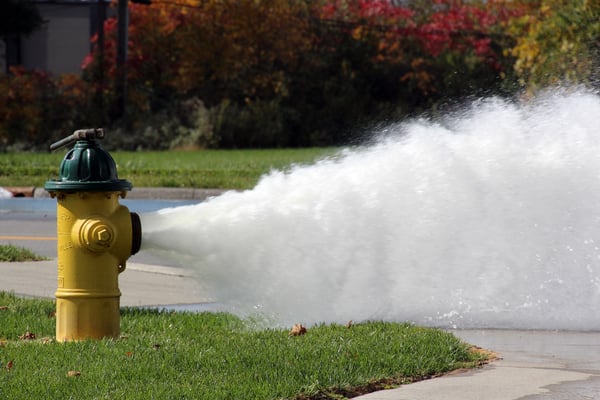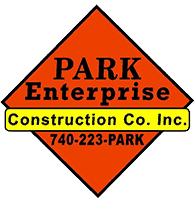
Fire hydrants are one of the most critical lifelines in our communities. For most people, fire hydrants are part of the public water system and problems are handled by the municipality or other entity that has jurisdiction over the hydrant.
For those with a private water main, however, you may be responsible for your own maintenance. Even if you are diligent about annual inspections and regular maintenance duties, things can still go awry with your hydrant.
We’ve outlined a couple of situations, and what to do about them should they arise on a property that you own.
Make Sure Your Maintenance Staff Has The Tools They Need for Hydrants
Before we delve into particular situations, let’s make sure your first line of defense is armed with the tools they need to handle a leaky or damaged hydrant. Your maintenance staff can take the first steps to solving the problem and limiting damage while an expert is contacted for a final fix.
What your staff needs:
- A valve key with a 2” square nut attachment
- A hydrant wrench (depending on the type of hydrant)
- Knowledge of where the valve box is located
If a hydrant is leaking and the staff has the tools above, they are then able to pop the top of the valve box and close the valve. Again, this isn’t a permanent fix, but it will stop the leak. Always call a licensed and qualified water contractor to take a look.
Note: All hydrants in Central Ohio have 6 inch leads.
What to Do About a Leaking Hydrant
A leaking hydrant is not only a nuisance, but it can also cause it to be ineffective if needed in a fire. For public hydrants, if the stream of water is not substantial enough to pose a danger to people or harm property, contact your local municipality for assistance. If the flow is severe, then contact emergency services who can dispatch the fire department to try to alleviate the flow until utility workers arrive.
For private hydrant owners, your first line of defense is to stop the flow of water. This can be done following the steps above as noted.
Damage to Hydrants
Fire hydrants are fairly sturdy and should withstand minor impacts. However, they are also designed with a breakaway flange should a substantial impact occur (i.e., from a snow plow, truck, or fast-moving vehicle).
Depending on the area, there may not be any visible water or there may be quite a show. In areas where the ground freezes, hydrants are often "dry," or the valve is below grade to prevent water from freezing.
If there is no water flow, a repair of the flange will have to be arranged. If there is a flow of water, an emergency repair service should be contacted immediately, and an attempt to shut off the water to the hydrant should be made if the valve can be located.
Fire Hydrant Safety
Whether you depend on public or private hydrants, proper maintenance and operation are essential. Remember, for troubleshooting public hydrants, always start by contacting the local jurisdiction, typically the city, county, or public water utility.
For private hydrants, you want to minimize further damage and water loss while waiting for a qualified repair service to arrive.
If you have any questions about your water lines or other underground utilities, contact us!



